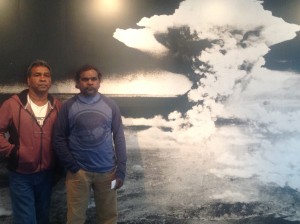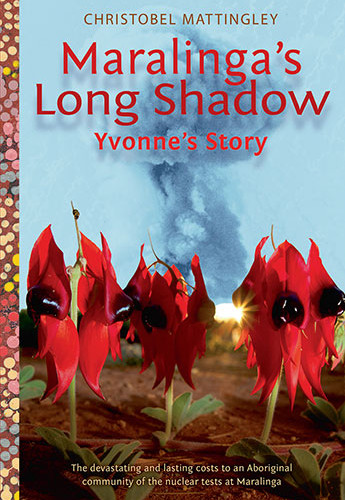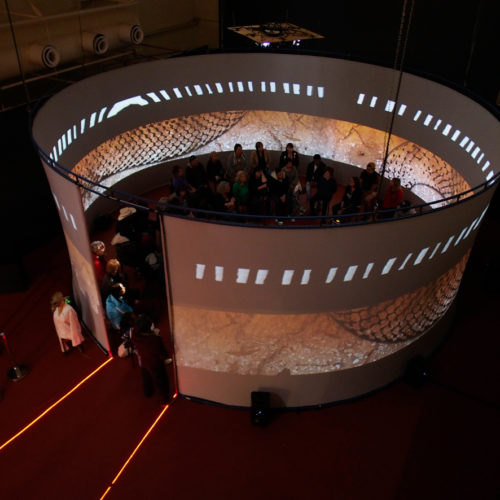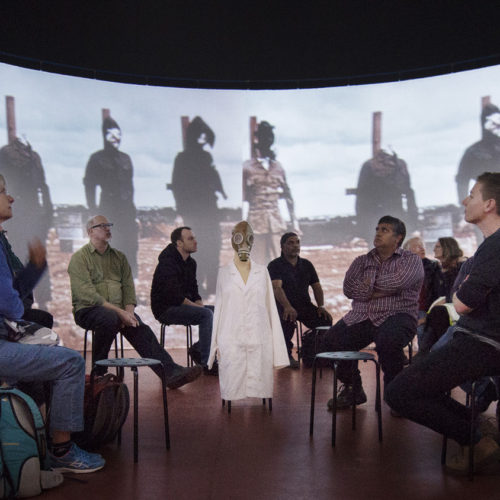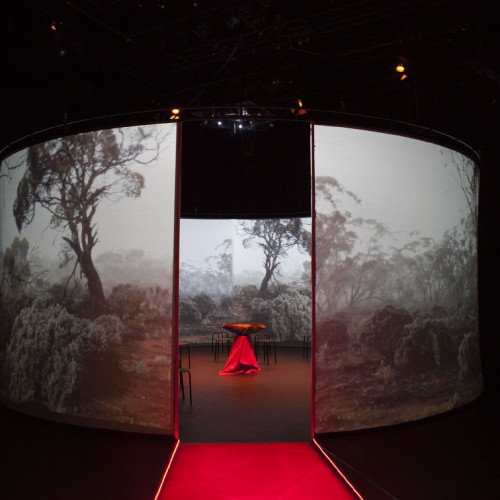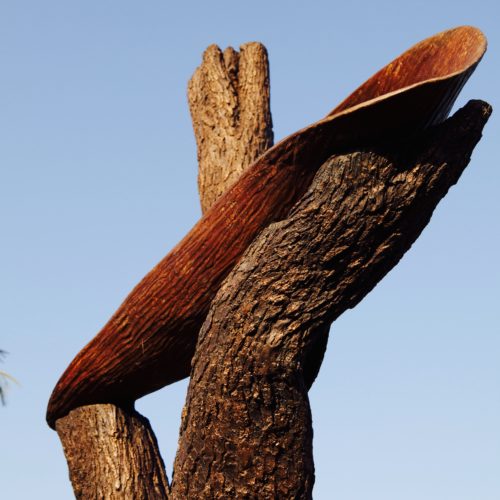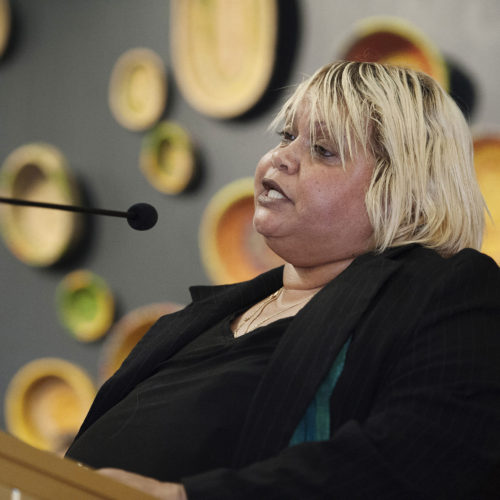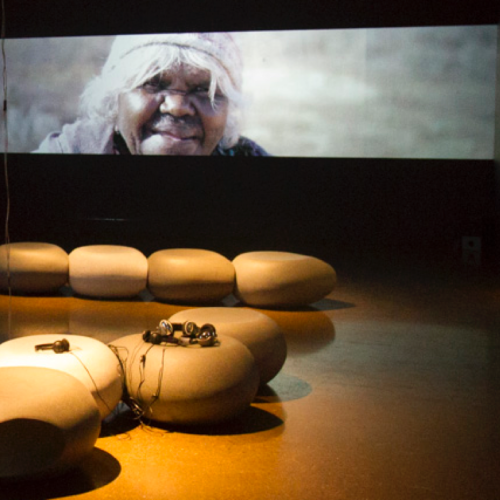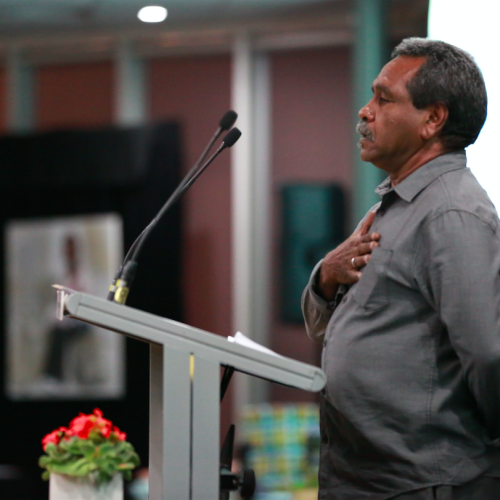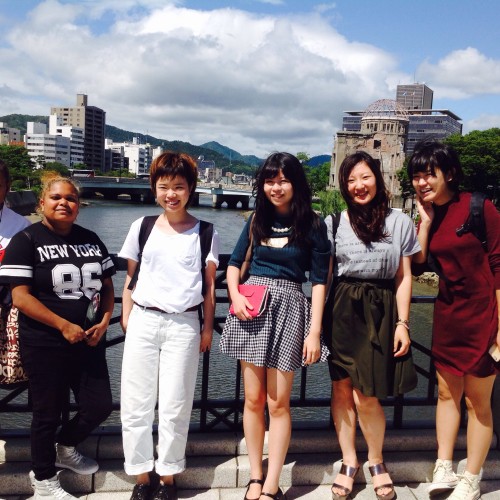-
Maralinga's Long Shadow: Yvonne's story wins NSW Premier's Award
- 8 years ago
- The annual NSW Premier's Awards for History, presented in Sydney on Friday 1 September 2017, saw one of our partnership projects honoured, when "Maralinga's Long Shadow: Yvonne's Story" took out the Young People's Hi[...]
Yalata’s atomic history
Impacts of nuclear testing in Australia on Anangu Aboriginal communities
Over generations, thousands of Indigenous Australians, service personnel and civilian workers, and their descendants, have been affected by Australia’s atomic legacies. One of Australia’s nuclear-affected communities is Yalata Aboriginal community on the far west coast of South Australia.
Yalata is a Pitjantjatjara Anangu community whose history includes the impacts of forced migration from their traditional lands at the time of British nuclear testing in the 1950s.
In the 1950s, nine atomic bombs were tested in South Australia (Maralinga and Emu Field) followed by a large number of ‘minor trials’, leaving devastation and long-term impacts for many people and on the environment. Three atomic test were also conducted in the Monte Bello Islands in Western Australia.
The Royal Commission into British Nuclear Testing (1985) confirmed that Anangu were not adequately protected during and after the atomic tests. The Royal Commission also confirmed the gross inadequacy of provisional ‘clean ups’ of the site; and despite successive attempts, parts of the Maralinga test site remain contaminated, with Anangu unable to resettle on those lands. Alongside this atomic history was the forced closure of the Ooldea Mission in 1952, leading to the establishment of new townships.
These are significant post-colonial traumas that have caused social disruption, and health impacts now playing out across generations. The development of safe and peaceful communities is a key objective of Anangu organisers – this is reflected in creative arts projects, and especially symbolised in the proposed gift of a peace sculpture to Nagasaki.
See Resources and Links page for more information.

